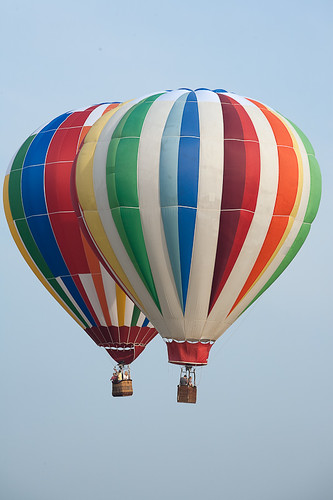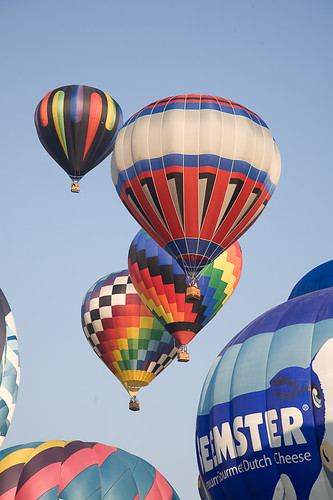
With mild Photoshop changes, one can get this:

Now, here is a completely untouched shot from last year, showing what things looked like in better light:

Now what the camera "sees" itself is a choice made by Canon engineers as they put together their algorithms for converting sensor voltages into colors. So above, I was perhaps bringing the photograph closer to some ideal reality, where the sun was shining in a blue sky.
But it is possible to exaggerate. If I turn this:

into this:

When is the photograph obscuring instead of illuminating reality?
1 comment:
That question has a layered answer.
If you are doing photojournalism or documentation of actual land & life, then you strive to replicate what your eye saw, within reasonable limits (I add this last qualifier because different cameras/lenses have different ways of rendering the same object in the same lighting).
But if you are doing art, you have far more (even limitless) latitude.
Many times one falls somewhere in between the two. For instance, you capture a fantastic landscape scene but it is soiled by a telephone pole or overhead electric lines. It is okay to clone them out in Photoshop, as long as you are not creating an alternate reality (which is okay, of course, as long as you say so). And that sky can look better if it is a little more saturated (which it would be in real life under slightly different conditions). And so on.
Also, there is the issue of the lens often seeing more than the eye does at first blush or even on careful scrutiny. The detail in the clouds, for instance, is a case in point. With RAW you can extract a fair bit of information that is not immediately apparent to the naked eye.
Post a Comment